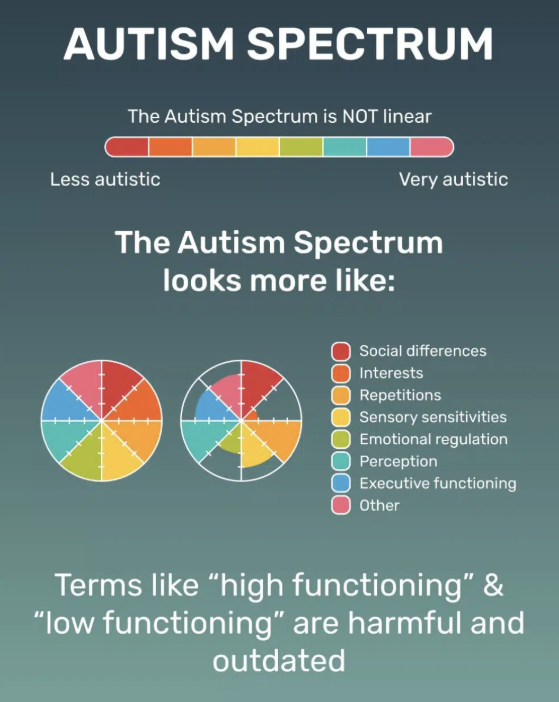Autism Spectrum Disorder Assessments
Providing assessments for toddlers, preschool, children, and adults.
At Level Up Wellness Group, we understand the importance of early identification and tailored support for individuals on the autism spectrum. Our comprehensive Autism Spectrum Disorder (ASD) assessments are designed to provide clarity, guidance, and actionable insights to support individuals and their families.
- Assessments for Non-Speaking and Minimally Verbal Individuals (Ages 2-9)
- Expertise in Autism Diagnosis for Females, Teens, and Adults








